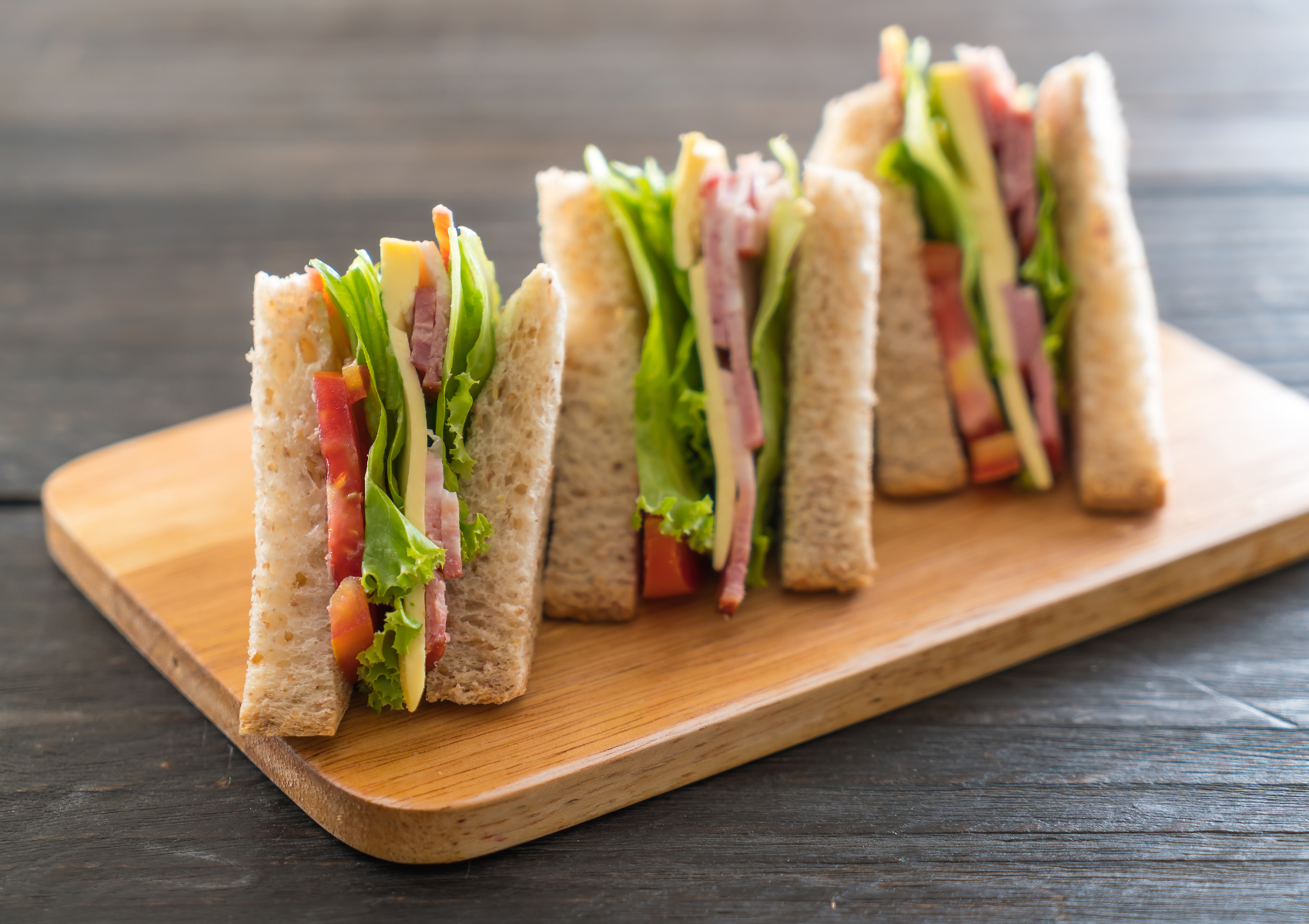The kitchen is filled with amazing opportunities for children to engage, learn, and grow their skills. By involving kids in cooking activities, we open doors to a world of fun and skill-building that goes beyond simply creating delicious dishes. These culinary adventures not only satisfy taste buds but also help develop a wide variety of life skills for children with special needs.
Occupational Therapy focuses on improving daily life skills and enhancing overall well-being. And what better way to incorporate these elements than through the joy of cooking? Kitchen adventures can be a fantastic tool for children's development, while also being an enjoyable family experience.
Below are a few of our favorite kitchen activities along with their therapeutic benefits:
Decorating Cupcakes or Cookies
Fine Motor Skills: When children engage in decorating cupcakes or cookies, they manipulate small tools like icing bags and sprinkle shakers, refining their hand-eye coordination and dexterity. The precise movements required to create designs or patterns enhance their fine motor skills, gradually improving their control and accuracy.
Creativity: This activity acts as a canvas for artistic expression. Kids explore their imaginative side, experimenting with various colors, shapes, and designs. It allows them to personalize their creations, fostering creativity and boosting self-expression as they design unique treats.
Sensory Stimulation: The process involves touching different textures—smooth icing, crunchy sprinkles—which triggers sensory exploration. This tactile experience offers a sensory-rich activity, stimulating their senses and enhancing their understanding of different materials.

Fruit or Veggie Sorting and Chopping
Fine Motor Skills: Handling safety knives (under supervision) and chopping fruits or vegetables requires precise hand movements. Kids develop better control over their grip and refine their coordination as they slice through different textures and shapes.
Cognitive Development: Sorting and recognizing various fruits and vegetables enhance cognitive abilities. Children learn to differentiate between items based on size, color, and type, fostering cognitive skills like categorization and classification.
Healthy Eating Habits: Being hands-on with fresh produce encourages familiarity with nutritious foods. This engagement can spark an interest in healthier eating habits, as kids learn about the benefits of incorporating fruits and vegetables into their diets.
Mixing and Kneading Dough for Bread or Pizza
Tactile Stimulation: Kneading dough offers a tactile experience. Feeling the soft, malleable texture and exerting pressure aids in sensory processing, providing tactile feedback and promoting sensory integration.
Strengthening Hand Muscles: The physical effort involved in kneading dough is a workout for hand muscles. As kids work the dough, they build strength in their hands, improving grip strength and overall hand coordination.
Following Directions: Following a recipe step-by-step fosters sequential processing skills. Kids learn to follow instructions, understand the order of tasks, and develop their ability to comprehend and execute a series of actions in a specific sequence.
Assembling Sandwiches or Wraps
Independence: Allowing children to create their meals independently fosters a sense of autonomy and self-reliance. It encourages decision-making and problem-solving as they select ingredients and assemble their sandwiches or wraps according to their preferences.
Social Skills: Collaboration in assembling meals involves sharing ingredients, coordinating tasks, and communicating effectively. It promotes teamwork, patience, and the ability to work harmoniously with others, enhancing social skills.
Sequencing Skills: Understanding the order of layers in a sandwich or wrap supports cognitive development. Kids learn about sequence and organization, an essential skill applicable in various contexts beyond cooking.

Growing Herbs or Vegetables
Educational Impact: Engaging children in the process of planting and caring for herbs or vegetables offers a comprehensive educational experience. They learn about the entire lifecycle of plants, from seed to harvest. This hands-on involvement introduces fundamental botanical concepts, teaching them about germination, growth stages, and the importance of nurturing living organisms.
Sensory Experience: Planting involves multiple sensory interactions. Kids experience the texture of soil, explore various scents from different herbs, and observe the gradual growth of plants. Touching soil, smelling herbs, and watching the growth progression through different stages provide a sensory-rich experience, stimulating their senses and enhancing sensory integration.
Nature Connection: Caring for herbs or vegetables fosters an appreciation for nature and food sources. Children develop a deeper understanding of where their food comes from, connecting them to the environment and instilling a sense of responsibility towards nature.
Making Homemade Smoothies or Fruit Popsicles
Promoting Healthy Choices: Involving children in creating smoothies or fruit popsicles encourages the consumption of fruits and vegetables in a fun and appealing way. They get to experiment with various combinations, blending different fruits or veggies, and creating refreshing treats. This engagement often sparks an interest in healthy eating habits, as kids associate nutritious ingredients with enjoyable snacks.
Mathematical Engagement: Crafting smoothies involves measuring ingredients and adjusting flavors, introducing basic math concepts like fractions and proportions in a practical context. Children learn to measure quantities, understand ratios, and make adjustments based on taste preferences, enhancing their mathematical skills while engaging in a real-world application of math.
Sensory Adventure: Blending different flavors and tasting various combinations offer a multi-sensory experience. Children explore tastes, textures, and aromas, engaging their senses fully. The act of blending fruits or vegetables and experimenting with flavors enriches their sensory perception, encouraging them to explore diverse tastes and preferences.
These activities offer a holistic approach to development while making cooking a delightful and beneficial experience. Supervision, adaptation to abilities, and safety measures are crucial. By integrating these activities into a child's routine, the kitchen becomes more than a place for meals; it's a haven for growth, exploration, and shared family experiences.
©2023 Therapy Shoppe® Incorporated. All rights reserved.
More articles you might enjoy:
Yummy Cookie Recipe to Try This Weekend!
Nurturing Healthy Eating Habits in Picky Eaters: 7 Tips and Tricks
Sensory-Friendly Clothing: Tips for Comfort and Ease

